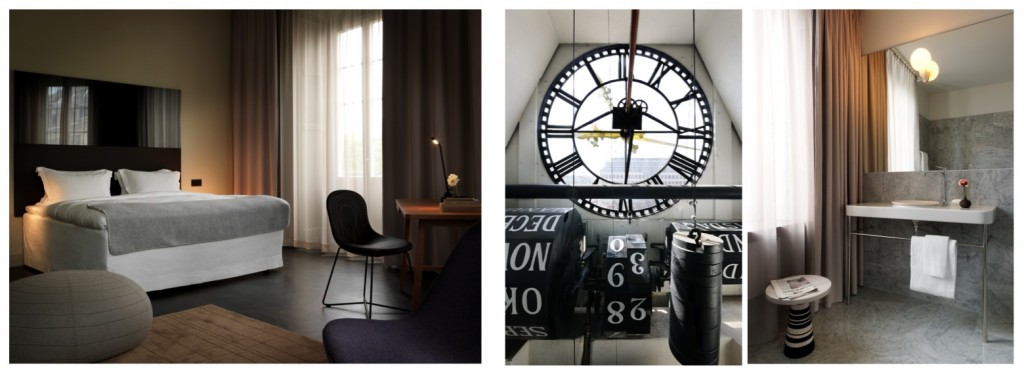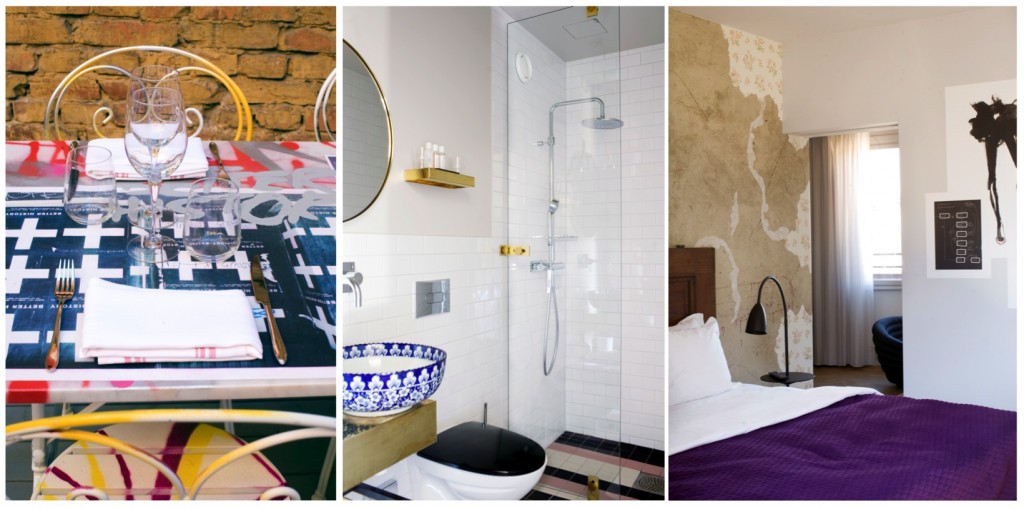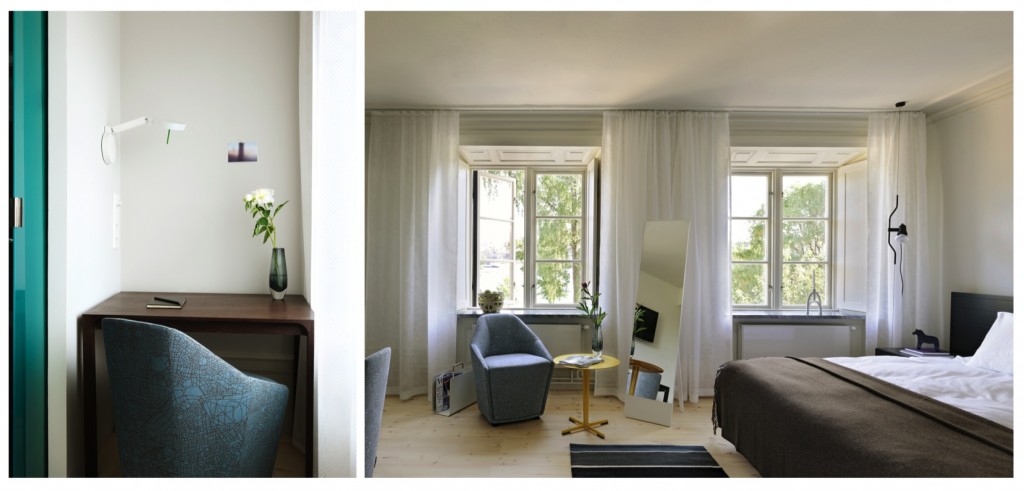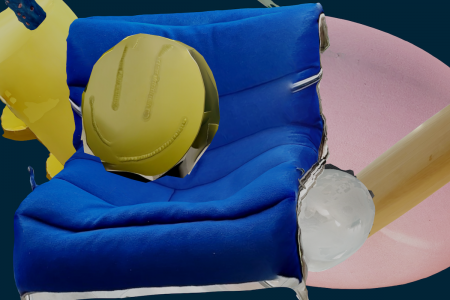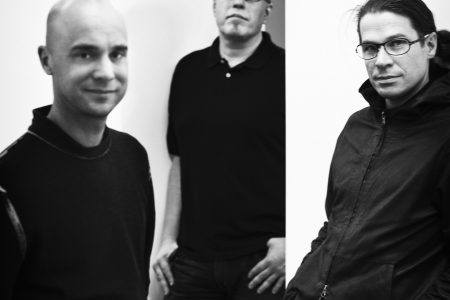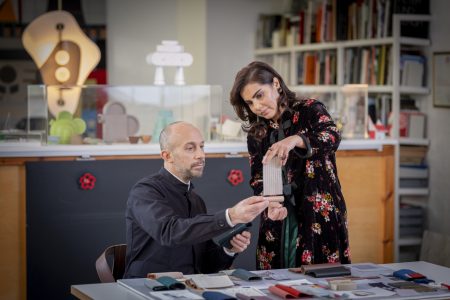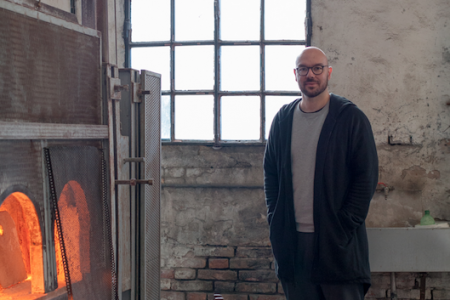Stockholm Style/ Swedish hotel design uncovered
Text by Guy Dittrich/ The success story of contemporary Swedish interior design continues with three local design practices delivering a new wave of hospitality design experiences across four new hotels in the capital. From a reinterpretation of the pared-down, Swedish vernacular to an on-trend example of re-use, the hotels are each exemplars of thoughtful creativity.
The Stockholm archipelago is awash with new hotels. The capital’s largest hotel with 558 rooms, the angular Clarion Sign has just arrived adjacent to the railway line serving Arlanda international airport. Further along the tracks, a new Radisson Blu with interiors by RPW of London will open in early 2011 beside the new Waterfront Conference Centre with its striking roller-coaster façade of steel rods. Established hotels are not resting on their laurels. The Sheraton Stockholm has undergone a makeover of its 465 guestrooms by New York-based interior designers, Champalimaud. The Grand Hotel, suitably located opposite the Royal Palace and long-standing standard bearer for luxury accommodation in the city, has also been stung into action. It now sports a recent extension and renovation that include the addition of the Mathias Dahlgren restaurant designed by Studioilse of Ilse Crawford and a Raison d’Etre spa.
Big and beautiful as these are we focus here on the niche players. The independent hotels that are using design without the boundaries of brand standards to lift the quality of the genre. The Hotel Skeppsholmen and Nobis Hotel are both members of Design Hotels, and have interiors from multi-disciplinary design practice Claesson Koivisto Rune (CKR). The surge of recent hotel openings also includes the Lydmar Hotel, with interiors by Gothenburg-based Stylt Trampoli, and the Story Hotel, by Koncept.
Binding CKR’s vision at both the Hotel Skeppsholmen and the recently opened Nobis Hotel is a design sensitively introduced within two historic structures. The properties couldn’t be more different as Eero Koivisto, partner in CKR describes. “Hotel Skeppsholmen is on an island and is fairly small, slightly hidden away. The Nobis Hotel is right on the most central square in Stockholm,” he explains.
A significant difference is also seen in the flow of people through the spaces. At the Hotel Skeppsholmen CKR had to deal with two extremely long, 100-metre buildings. Along the corridors they introduced “playful pauses” in lobby and staircase spaces. Rather than placing a sofa or chair there that no guest would ever use, CKR opted for light installations. An understandable choice for a country that has darkness for half the year and also a useful way-finding “tool” for guests searching for their rooms. “At the Nobis hotel, the circulation moves around a core,” explains Koivisto of this grander hotel.
But how have CKR dealt with the combination of the old and the new within the historic envelope of the former palatial private residences that comprise the Nobis Hotel? “We have tried to use materials, textures and colours that have a ‘classic feel’ and are not too ‘loud’, which also means avoiding objects that are very ‘designed’. And if so, they should be slightly pared down,” explains Koivisto, following the expected Scandinavian design aesthetic. “We believe that past and present should be tied together,” he continues.
Developing this idea of the longevity of design, Koivisto comments, “It’s expensive to make a new hotel. You therefore want it to last material and design-wise.” Additional to the durability of design is the desire of CKR to marry practicality and luxury. “Luxury is basically a very well thought out function (on all levels),” expands Koivisto, “Unfortunately that usually means that it is more expensive to design, build and maintain.”
“One of the ideas we agreed upon for the Nobis Hotel project is that things should not match too much,” explains Koivisto of a current design trend that mimics the more homely feel to residential interiors that we usually select over the course of time. “A path we followed was to use different manufacturers,” he continues referencing the design work of CKR with many established manufacturers. At the Nobis Hotel a number of pieces produced by Italian-brand Tacchini are evident. The Doodle chair series has feature stitching on the upholstery similar to that used on the freeform, pebble-shapes of the Spin series of ottomans that contrast sharply with the cubic-inspired Quartier ottoman series. Similarly, at Skeppsholmen a wide variety of new furniture pieces were designed by CKR and upholstered in bespoked fabrics.
Nobis sees the development of a “bed away from home” idea according to Koivisto. When questioned about the relevance of this to the traveler who is after an experience that is better than home, Koivisto reasons, “I travel more or less every week on business. If I am returning often to a city I usually have a favourite hotel. The staff know me and I know how the rooms are. So if you have to travel it’s nice (to have) a home away from home.” He continues, “The Nobis Hotel is all that we want in a hotel but usually don’t find.”
1. Nobis Hotel
CKR’s involvement at the newly opened Nobis Hotel is total. “The concept and ideas are all ours,” explains Koivisto, “Of course we have worked with structural engineers, graphic designers, external architects, floral designers, cooks, future hotel personnel and a myriad of other consultants.” Behind the richly decorated façades of two interconnected and substantial stone buildings typical of the late 19th Century in Stockholm are 201 guestrooms and suites. Their interiors reflect the simplicity of CKR’s functional design in a heritage setting that delivers a timeless elegance that will ring true for years to come. Many aspects of the hotel’s design have a subtlety that does not reveal itself immediately. The apparently monochromatic patterning, like the Stockholm winter sky-scape, requires a more careful observation to uncover its beauty. CKR’s “bed away from home” concept is seen in the consistency of delivery amongst the guestrooms – a design so carefully thought through that it makes sense for all guests to benefit. Out go the gimmicks and in come the comfort of the real luxury of quality materials, such as leather and wood that will be enhanced as they develop a patina over time, and hidden technology that just works. The location of the hotel is second to none and attracts a discerning audience with a myriad of entertainment offerings including fine dining at the Caina Restaurant, an all day bistro and the kaleidoscopic mirroring of the Gold Bar.
Double Rooms from 2,890 SEK excluding breakfast
Norrmalmstorg 2-4, SE-111 86 Stockholm, Sweden
Tel +46 8 614 1000
www.nobishotel.se
www.designhotels.com
www.ckr.se
2. Lydmar
The Lydmar Hotel too has something of a stylishly mature feel. In part, it is so idiosyncratic that it feels like the town house of a wealthy, well-travelled friend. The hotel is a rebirth of owner Pele Lydmar’s previous hotel, also eponymously named, that had more of a rock & roll reputation, particularly in the lobby bar. Many of Lydmar’s personal effects plus a good number of photographs from his own collection help achieve the homely feel. But it is Gothenburg-based interior designers Stylt Trampoli who created the more grown-up interiors here with over 300 suppliers providing the variety needed for the much sought after domestic touch. Each of the 46 guestrooms are different and there is no shortage of luxury with beautiful sofas from Moroso and Minotti sitting alongside more traditional replicas upholstered in soft velvet. The understated modern design elements work well within the more elaborate covings and mouldings of the heritage-protected 18th Century former merchant’s house. The hotel sits across the sound from the Royal Palace between the Grand Hotel and the Hotel Skeppsholmen. There is a fully-fledged art gallery in the entrance lobby followed by a lobby / lounge / restaurant with low seating that reduces the perception of a barrier to entry. If things spill out into the lobby the Stockholm crowd understand how to react given their previous Lydmar-experience.
Double Rooms from 2,800 SEK including breakfast
Södra Blasieholmshamnen 2, 103 24 Stockholm, Sweden
Tel – +46 8 22 31 60
www.lydmar.com
www.stylt.se
3. Story
Following an “austeri-chic” design aesthetic the interiors of the Story Hotel, one block back from Stockholm’s glamour shopping on Birger Jarlsgatan, have a partially finished look that incorporates strong elements of re-use. The hotel resembles something of an urban archaeology with plenty of plain concrete, exposed ducting and partially stripped wallpaper still bearing the memories of the previous apartments. Rescued from the demolition truck, the former doors of the apartments have been refurbished and re-used as bed headboards complete with nameplates and letterboxes. The sense of deliberate imperfection continues with signposting stenciled on the walls, construction site-style lighting used in the corridors and carpets made from what appears at first sight to be off-cuts. The old and new narrative at Story Hotel is well developed by Daniel Wengelin at Koncept interior designers and architects. Take the bright brass counter of the bar that is fronted with corrugated tin. Or the velvet upholstered banquette seating under the exposed pipe work of the sprinkler system in the Kitchen restaurant, winner of the restaurant category of the European Hotel Design Awards, that serves a low-carbohydrate, high-protein tapas-like menu that has the Swedes flocking. The luxury of the Story Hotel is its “less is more” design aesthetic.
Double Rooms from 1,590 SEK including breakfast
Riddargatan 6,
114 35 Stockholm, Sweden
Tel +46 8 545 039 40
www.storyhotels.com
www.koncept.se
4. Skeppsholmen
The island of Skeppsholmen is home not only to the hotel of the same name but also the Museums of Modern Art and Swedish Architecture. The hotel is somewhat museum-like comprising of two identical 17th Century former naval barracks. CKR’s modern intervention within these buildings follows something of a “design for disassembly” approach. At the end of the 40-year lease, so draconian are the heritage conditions placed on the buildings that they have to be returned in their former state. Accordingly the design by CKR allows for plenty of exposed pipe work, electrical cables for the Parentesi lamps from Flos, their own freestanding cupboards (Vass for Asplund) and lighting (W081 for Wästberg) plus cleverly designed bathroom pods. Guests in the 81 guestrooms have to step up into these to allow for the pipe work to be run underneath the floor. This allows for everything to be removed, restoring the building to its previous condition. CKR have followed two main interior design approaches. Firstly, the imagery of fog, appropriate enough given the hotel’s waterfront location, seen in their Pool fabric for Almedahls comprising different densities of white pixels to create an ethereal, unquantifiable shadowy effect on the curtains. Secondly they have introduced nationalist design cues with blue and yellow contrasts and, more subtly, their own refined Scandinavian design aesthetic as seen in their Misura chair for Tacchini, Arc desks for Asplund and Olive chairs by Swedese.
Double Rooms from 1,895 SEK including breakfast
Gröna gången 1, 111 86 Stockholm, Sweden
Tel +46 8 601 30 05
www.hotelskeppsholmen.se
www.designhotels.com
(Text by Guy Dittrich)
